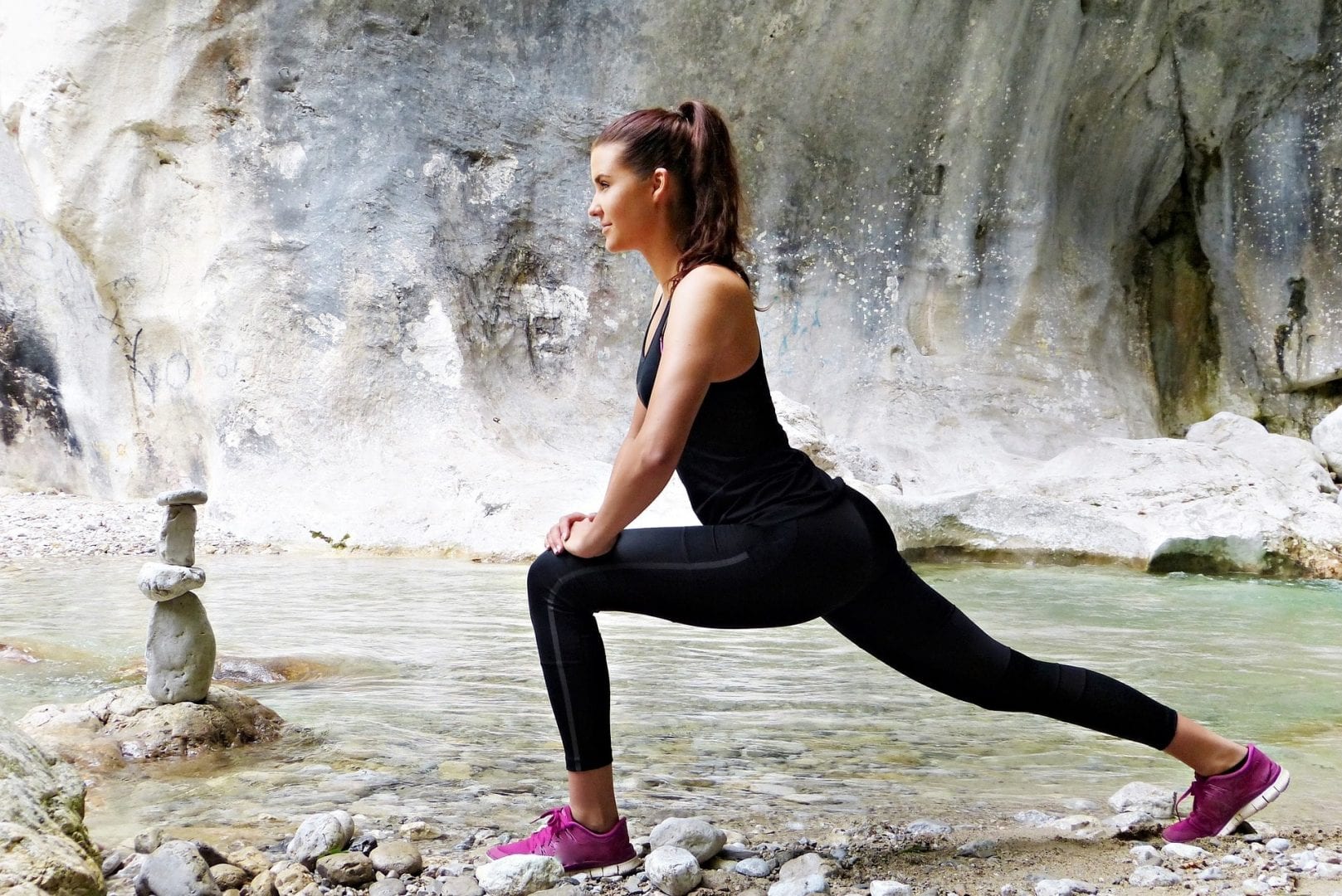By practicing stretching daily, you prepare your muscles to perform any type of movement, without unnecessary tension.
Stretching is a necessary and recommended practice for everyone, from sedentary people to athletes, as its function is to improve flexibility. Even if you are not going to do physical exercises next, you should stretch to reduce the burden on your joints during simple movements in your routine.
Even so, many people don’t stretch frequently or correctly, which can lead to future problems. Since, when flexing, muscle fibers are stretched, causing the muscles to move away from one point to another, giving more agility and range of muscle movement, in addition to increasing elasticity.
By stretching, you prepare your muscles to perform any type of movement, without unnecessary tension. There is no recipe for stretching, but rather, practice and evolve. Anyway, even if you have bad flexibility, practice every day.
When to stretch when exercising
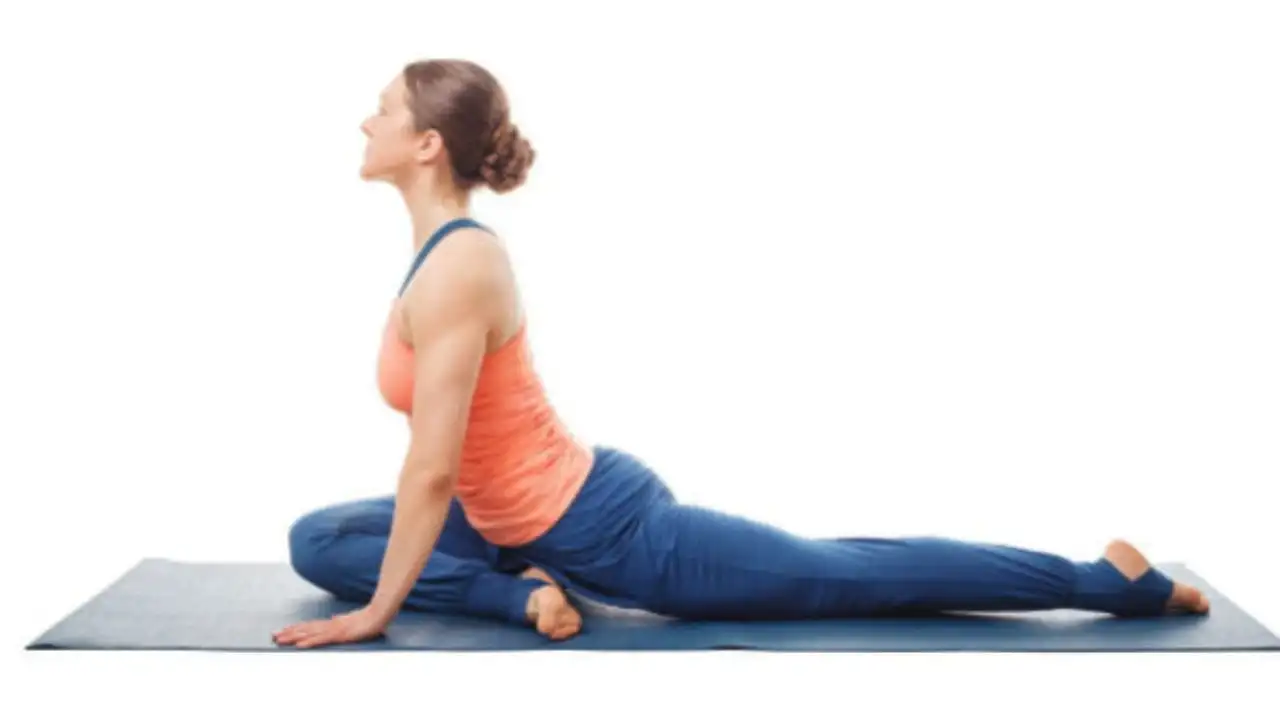
It depends on the objective. Stretching without movements done before exercising generates a gain in flexibility over a brief period of time. Therefore, it is recommended for sports that benefit from this type of increase, such as gymnastics and yoga. However, studies have revealed that there is a slight loss of muscle strength and power in the case of sports involving running and jumping. Dynamic stretching is recommended.
The ideal is to stretch every day, avoiding going more than three weeks without stretching, as the shortening of the muscles begins. Warm up around 15 minutes before stretching, waiting the same amount of time if stretching occurs after physical activity.
Types of stretching
There are several ways to stretch. Among them, eventually, are:
It is indicated for gaining flexibility, improving sports performance. Raising your knees, doing squats, rotating your arms and torso is always positive, as it increases joint mobility and range of movement. They should be done after warming up, starting with short movements and moving across the floor.
Considered the most common type, it is done when the muscles stretch, with you standing still, that is, static. The ideal stretching time varies between 20 and 30 seconds. Staying longer is unnecessary, which harms rapid force production. Stretching after training is also an option. It improves flexibility. Static training is a good alternative to start muscle rehabilitation after an injury, for example.
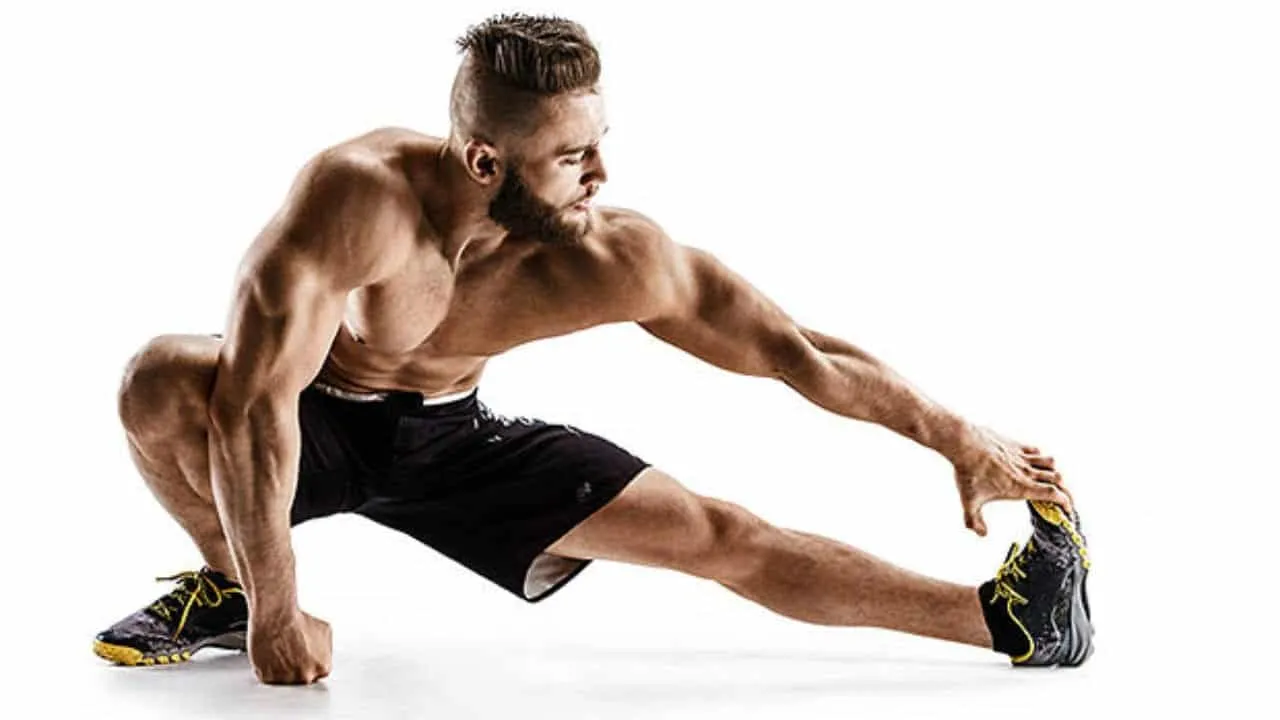
- Proprioceptive neuromuscular facilitation
This technique requires assistance from another person, holding the elongated limb for 30 seconds in a specific position. However, after this period, the practitioner exerts force against the assistant, supporting the practitioner’s limb at the initial angle. Then, there is a period of relaxation, where the assistant pushes the practitioner’s leg to increase the amplitude of the stretch. As it is a specific technique, it is ideal for it to be carried out by a professional.
You must do a specific stretch for the activity you are going to perform. If you’re playing football, for example, flex and rotate your hips outwards or do some kicks. Prefer stretches similar to the sport you are going to perform, this way, the risk of getting injured decreases. It also applies to bodybuilding, which includes stretching large muscle groups and specific groups to be moved.
Firstly, it is done with the help of some device, elastic band or Swiss ball, with the help of someone else. In this case, control of the movement can be passed to another person. Undeniably, it is important to be aware of your own limits, and if you feel excessive pain, stop stretching.
Risk of not stretching
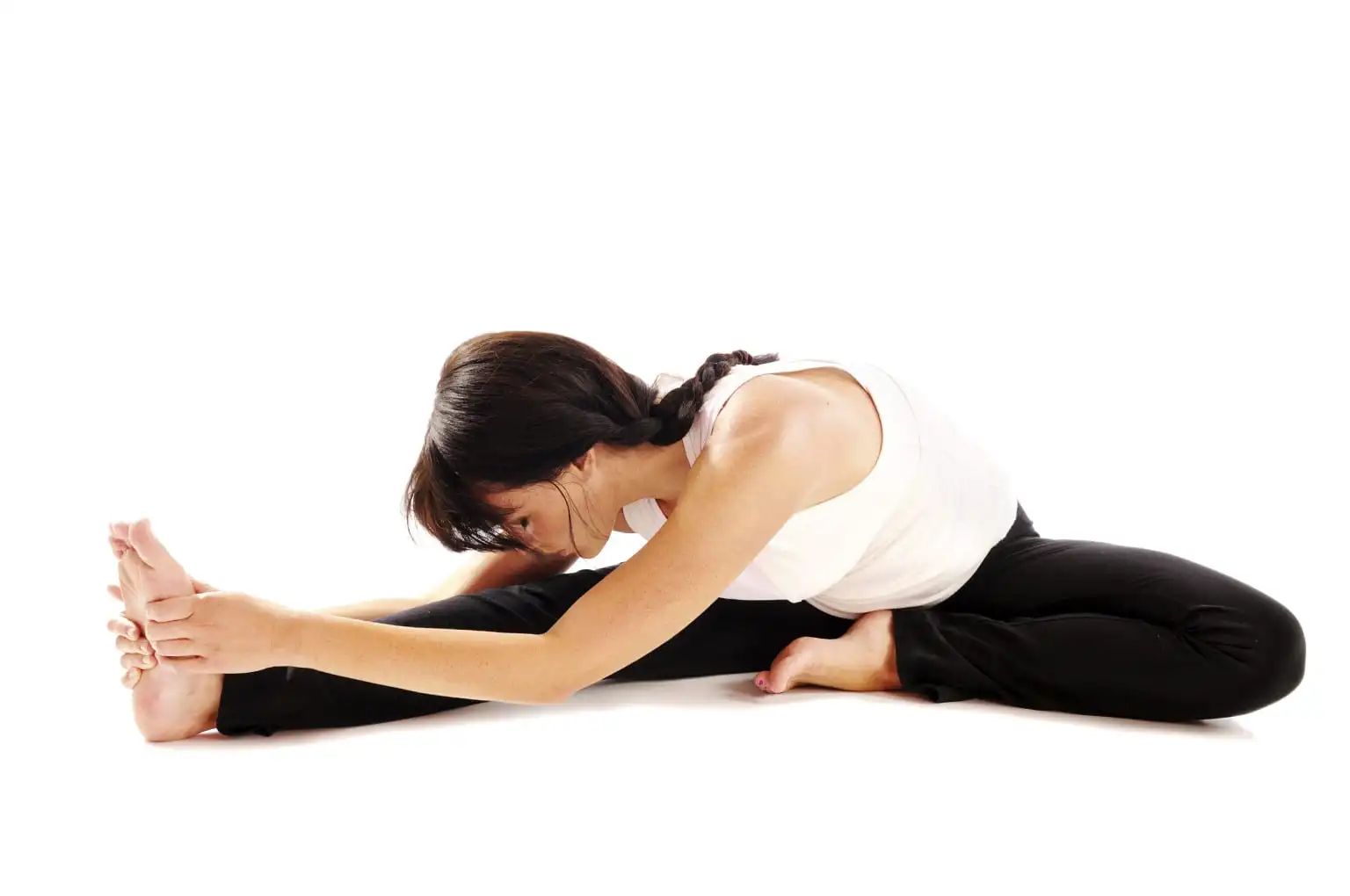
Over time, the muscles will shorten, the body will compensate by changing different areas. Shortening of the posterior cosa muscles, for example, alters lumbar lordosis, which causes overloaded discs.
Either way, these problems are easily avoided by practicing stretching. The more you stretch a muscle, the greater the joint movement controlled by it.
Care and contraindications
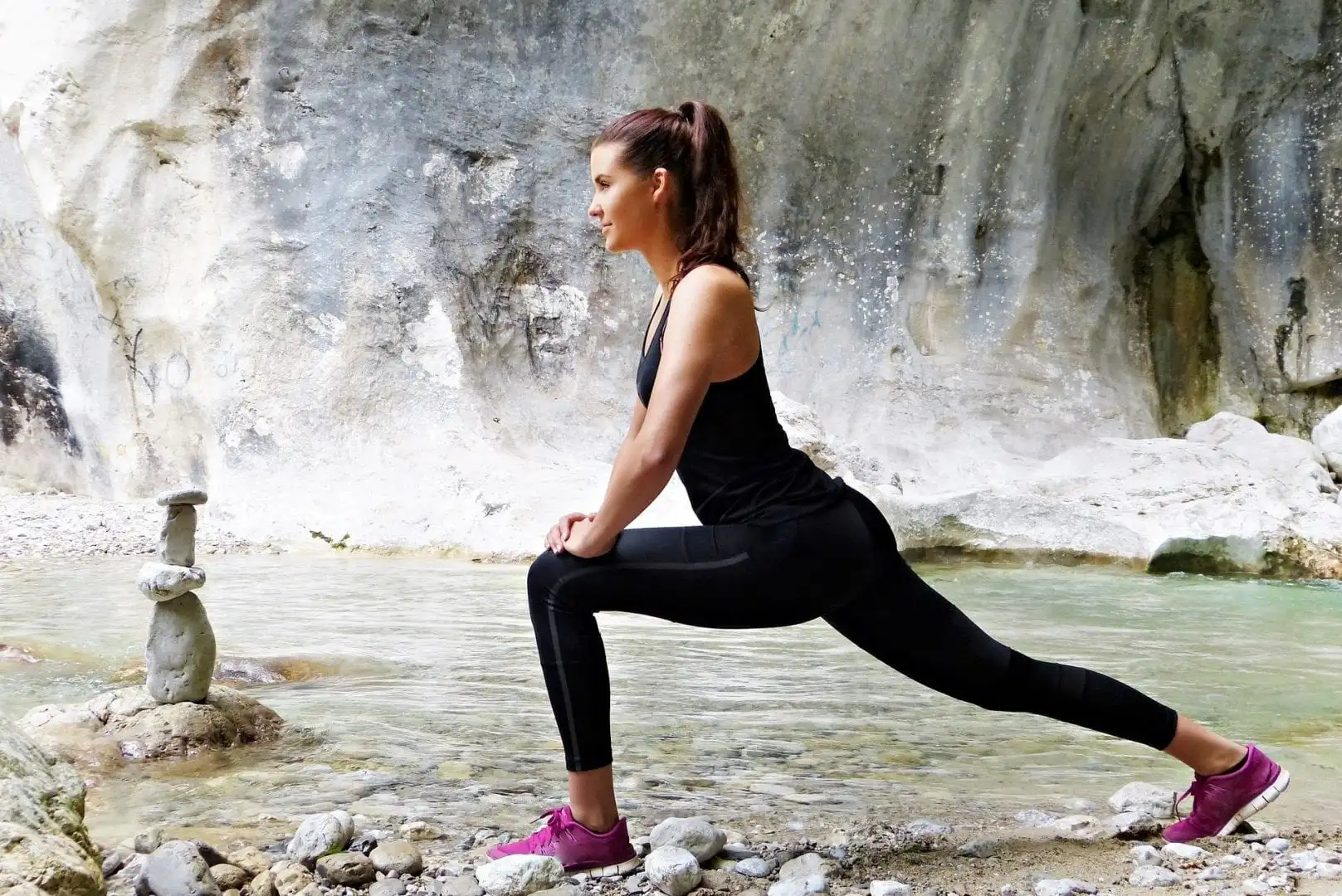
Always respect the limit of your pain. The ideal stretch is one in which pain is limited. More intense cases damage muscle fibers, which causes intense pain during or after exercise. You must always pay attention to your breathing, ensuring oxygenation for the body while exercising.
Exhale while stretching as this helps you relax. The posture of the spine cannot be uncomfortable. The only case in which stretching is not among the indications is when the person has ligament hyperlaxity. In fact, as the ligaments do not maintain the congruity of the bones during movement, the muscles become important in joint stabilization.
When stretching, the muscles tend to lose tension when overloaded during large movements, which leads to an increase in joint instability. There are some clinical criteria to reach this situation, and it is ideal to seek out a sports doctor. Undergoing assessments before starting sports practices.
Stretching exercises to do at home
Feet and ankles
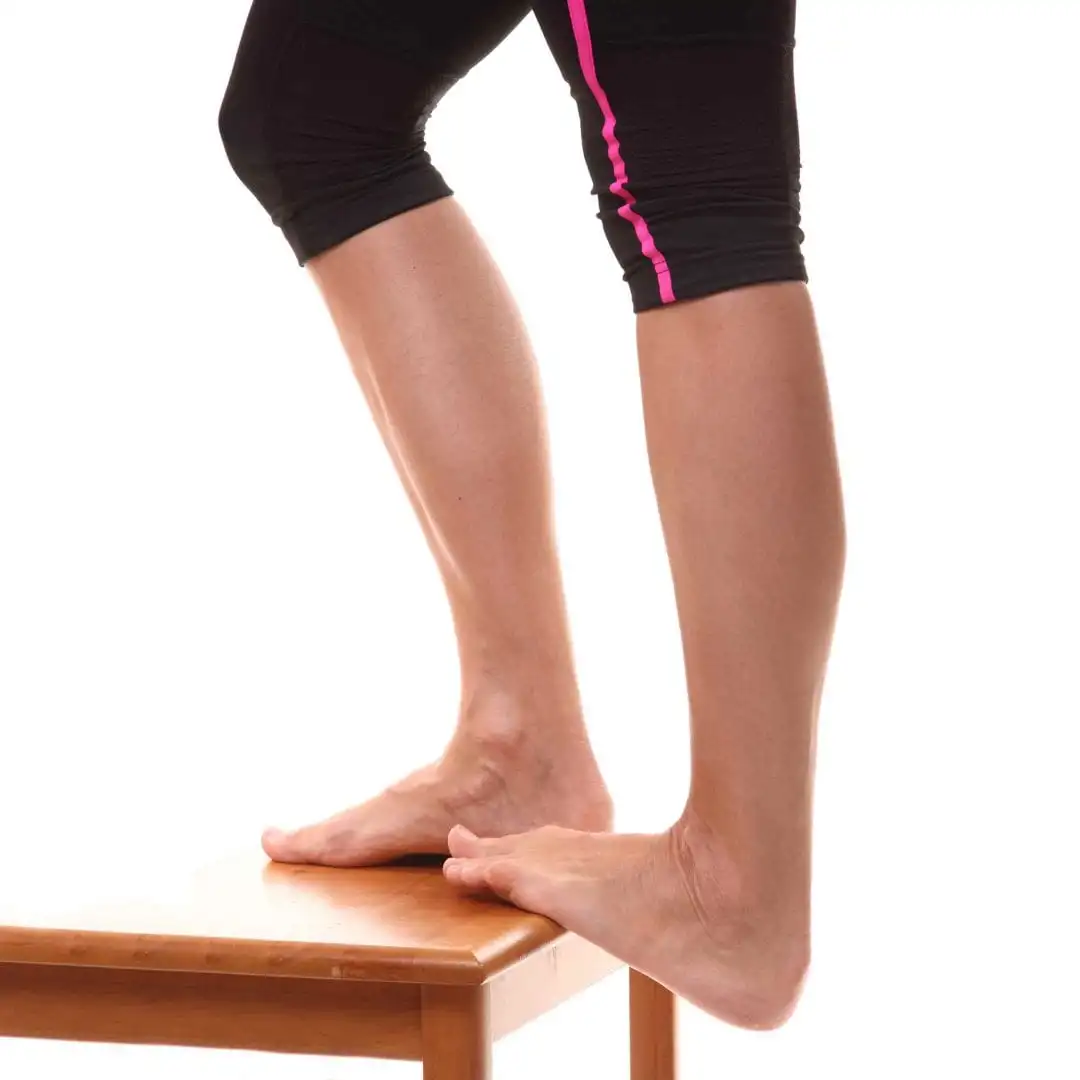
It strengthens the calf muscles, supporting the Achilles tendon. Stand behind a chair, holding onto the back to maintain balance. Raise your heels as much as you can, while maintaining comfort. Lower and repeat up to 12 times.
Stand almost 50 centimeters away from a wall, leaning on it. Step back with your right foot, and bend your left knee. Therefore, keep your right leg extended with your heel on the floor, which will produce a gentler pull on the upper leg. Then move your hips forward to stretch better. Then switch sides and do it again.
Sit in a chair with extended legs. Rotate your ankles in a circular fashion. Repeat up to 8 times, then changing direction. To work your legs together, simply elevate your feet.
Stand up straight and place your feet hip-width apart. Lean lightly on the back of a chair. Keep your back straight and look straight ahead, lower your body as if you were going to sit in a chair. Do not let your knees go beyond your toes. Halfway into a sitting position, stop and return to the start. Repeat up to 12 times.
Back and spine
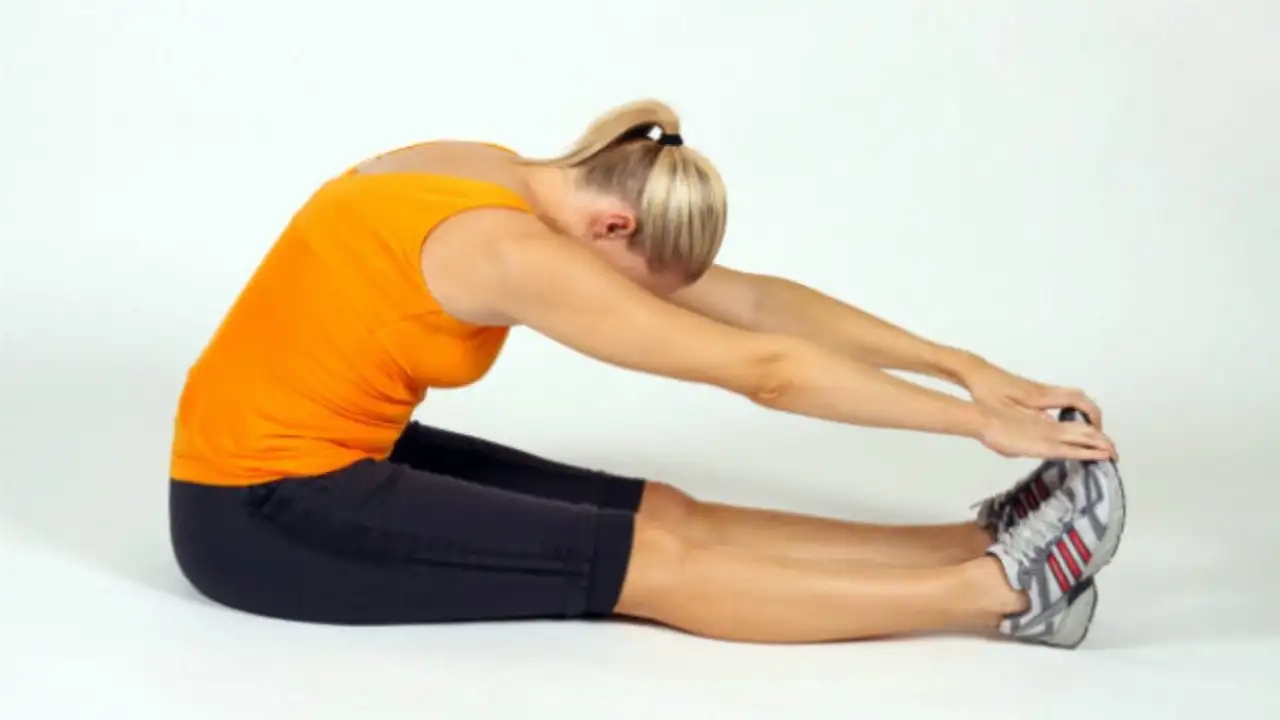
Lie on your stomach and extend your arms forward while looking at your hands. Keep your chin off the floor, slowly raising your arms and feet, holding for 1 second and then lowering. She repeats up to 12 times. If your neck hurts, keep your eyes fixed on the floor, resting your head on a pillow, replacing the chin lift.
First, place your hands and knees on the floor. Keep your abdomen contracted to support yourself, but extend your left leg back, leaving it parallel to the floor. Meanwhile, extend your right arm forward. Return to the starting position and repeat, switching sides. Do up to 12 times.
Lie on your back with your knees bent, feet on the floor and arms extended at shoulder height. Then slowly lower both knees to the right so that you feel a brief stretch coming from your left, lower back and hip. Hold the position and return to the start. Repeat on the other side.
While resting your hands and knees on the floor, lower your chin toward your chest, contracting your abdominal muscles. Arching your back. Support your position. Relax, lift your head to look straight ahead, while doing so, lower your abdomen towards the floor. Hold the position.
Core muscles
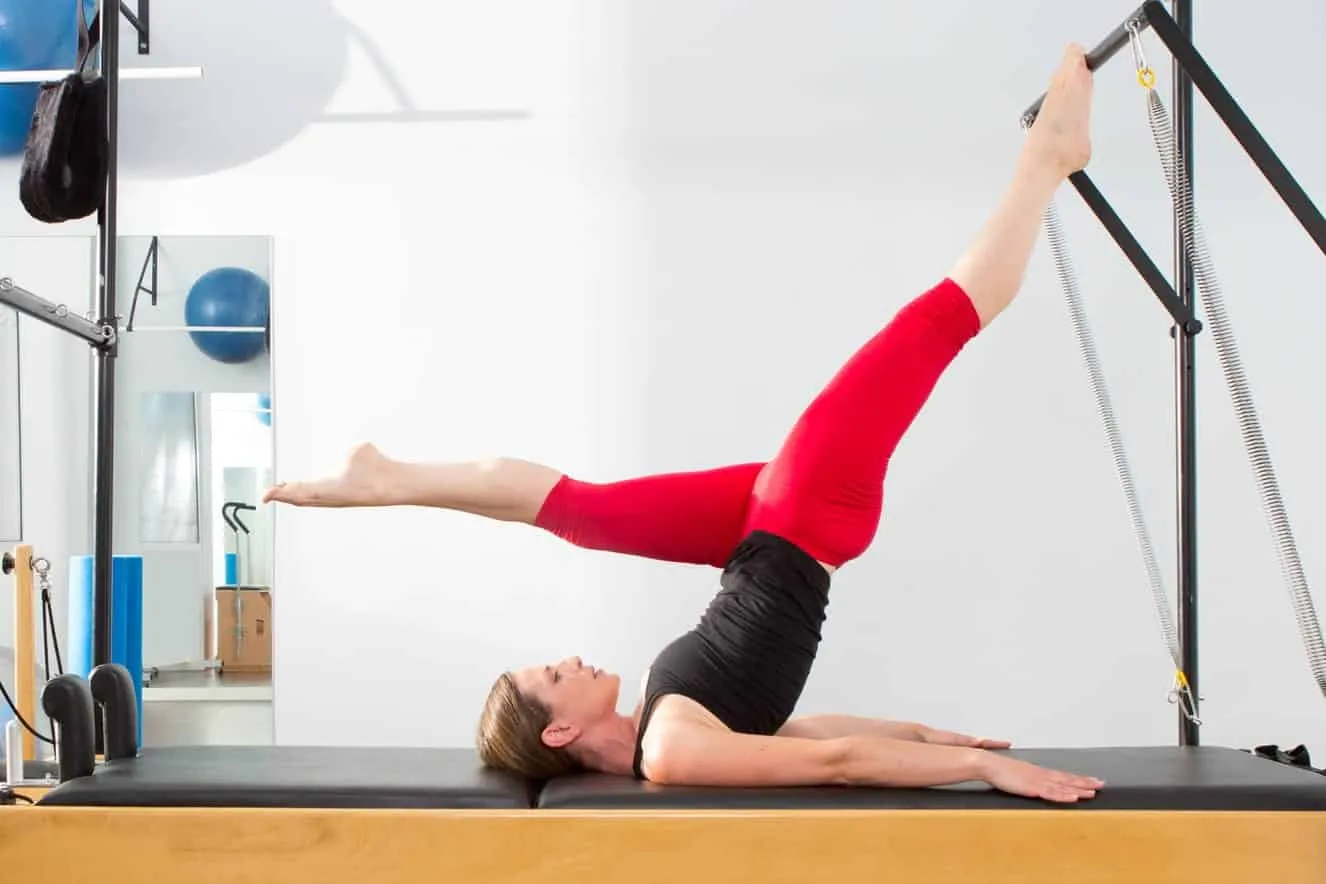
Lie on your back and extend your legs and hands behind your ears. So, take your head off the floor and bring your left knee towards your head, stop when your thigh is perpendicular to the floor. Meanwhile, at the same time, bring your right elbow towards your knee. Then return to the starting position. Rest a second and repeat on the other side. Do it for another 30 seconds.
Using a Swiss ball, position it under your back, so that your hips drop towards the floor and your knees bend until they reach 90 degrees. In the meantime, slowly extend your legs, roll your hands over the ball and keep your feet on the floor until you feel that you have stretched your abdominal area.
- Seated torso twist
Sit in a straight-backed chair that has arms. Likewise, your feet must be flat on the floor and your legs bent at 90 degrees. Rotate your upper body at the waist to the left, hold the arm of the chair to help you twist, looking over your left shoulder. Hold the position while breathing normally. Return to the start and repeat on the other side.
Chest
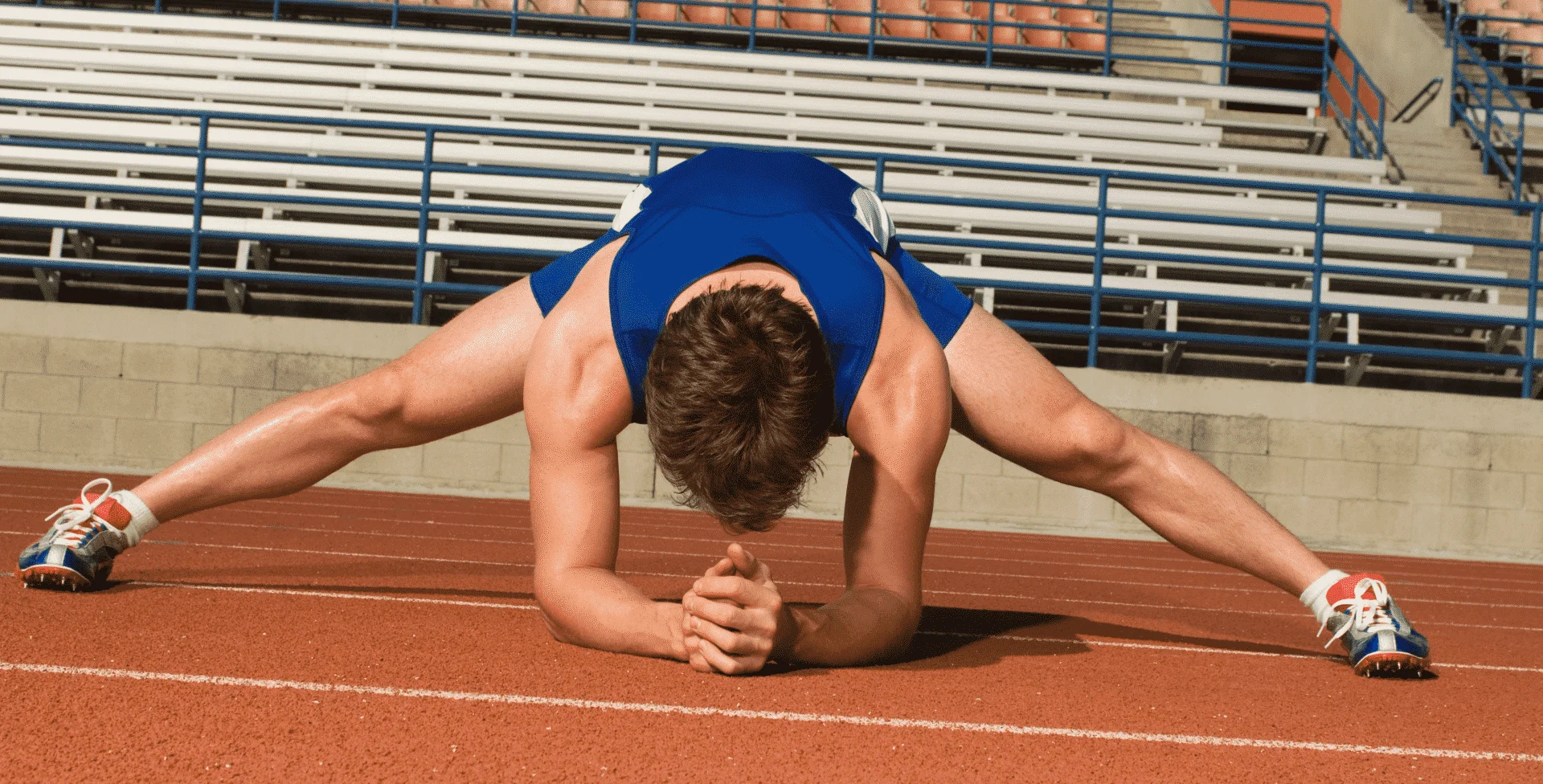
Stand at a distance of 45 cm from a wall. Therefore, place your hands on the wall, which should be approximately shoulder-width apart, chest height. Palms pressed against the wall and fingers pointed towards the ceiling. Slowly bring your chin closer to the wall, keeping your elbows away from your body. Finally, push slowly and go to the starting position. Do the same process up to 12 times.
Lie on your back with your knees bent and feet flat on the floor, with a light dumbbell on each side of your body. She picks them up and pushes them towards the ceiling, palms facing each other. This will be the starting position. Keep your elbows slightly bent and inhale while opening your outstretched arms. Exhale when you bring your hands back up to the starting position. Repeat up to 12 times.
- Full stretch lying down
Lie down on a mat and extend your legs. At the same time, extend your arms straight above your head, stretching your legs and toes. Do your whole body and stretch as much as you can, making it comfortable. Support your position.
Stand with your feet together next to a wall. Step forward with your right foot. Then, place your left forearm vertically against the wall, and flex your elbow at 90 degrees, so that it is parallel to the floor. Keep your left heel on the floor, bending your right knee so that your body moves forward and you feel your chest and arms stretching. Hold and repeat.
Arms and shoulders
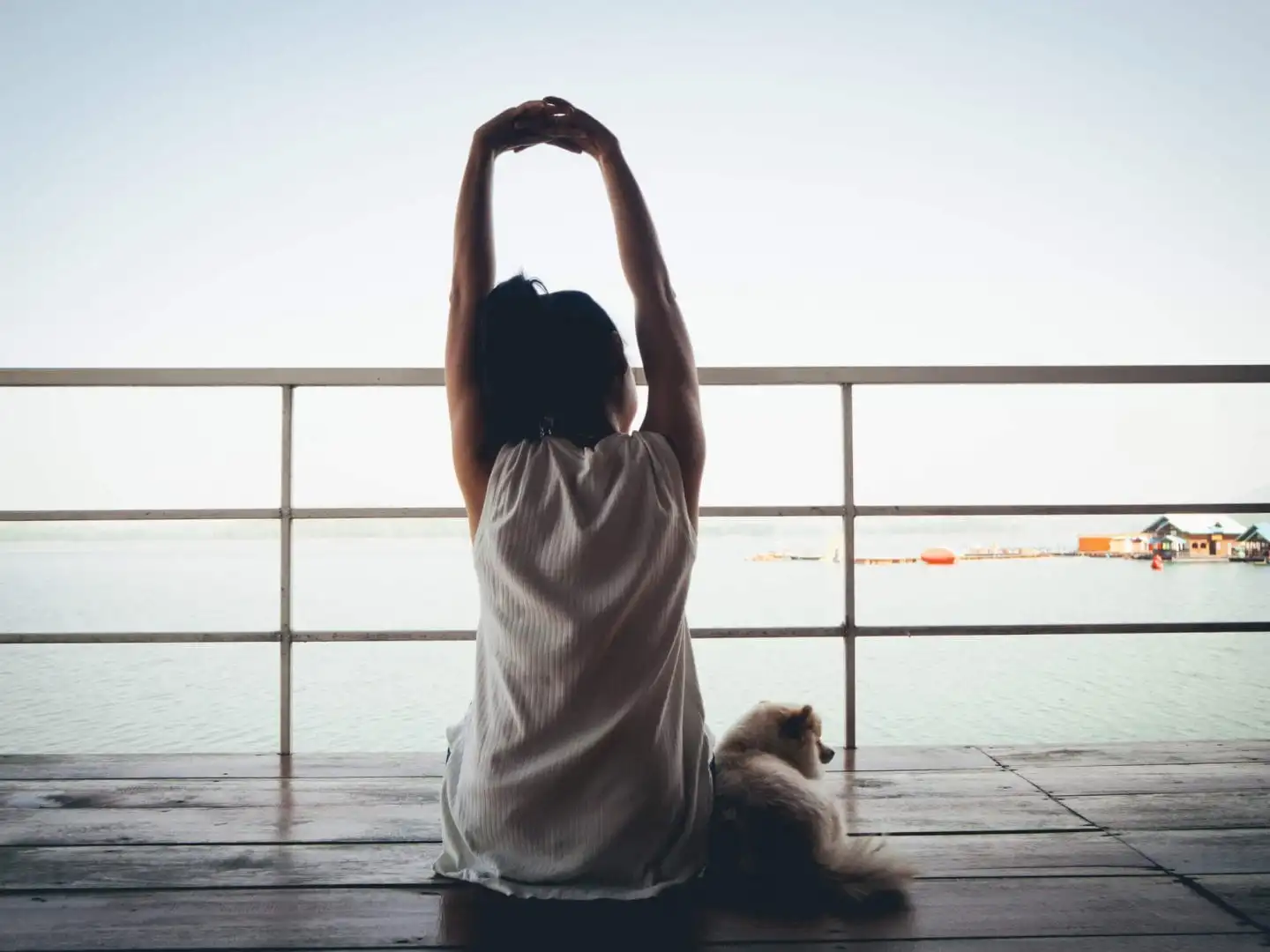
Move your shoulders forward and lengthen your shoulders, then raise them toward your ears. Move them back, contracting your shoulders, getting closer. Relax and repeat up to 6 times.
Wrap your arms around yourself, and extend each hand to hold your opposite shoulder, but stretching the back of your shoulders, supporting the position.
Sit straight on the edge of an armless chair with your feet on the floor, extending your arms, mainly at your sides and a dumbbell in each hand. Keep your elbow close to your body, lifting the weight in your right hand toward your shoulder. Also, turn one hand a quarter so that the palm faces your shoulder at the end of the movement. Return to the starting position and repeat with the other arm, completing a series. Repeat up to 12 times.
And then? Did you like the article? Also check out: What to do when bored – 32 tips to help pass the time
Sources: Selections, My life
Featured image: Metropolitan now

Sign up for our newsletter and stay up to date with exclusive news
that can transform your routine!
Warning: Undefined array key "title" in /home/storelat/public_html/wp-content/plugins/link-whisper-premium/templates/frontend/related-posts.php on line 12
Warning: Undefined array key "title_tag" in /home/storelat/public_html/wp-content/plugins/link-whisper-premium/templates/frontend/related-posts.php on line 13

